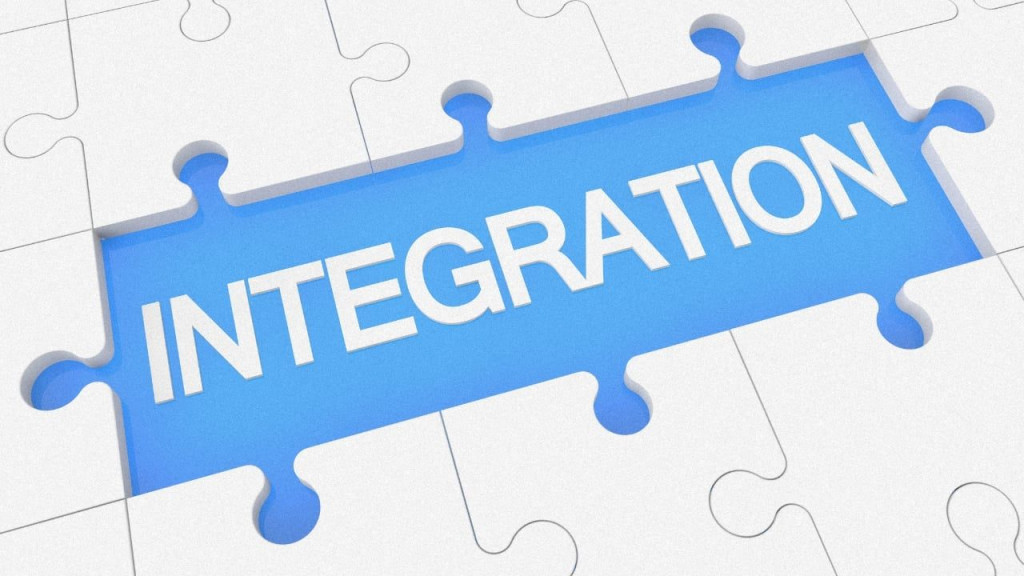
The integration of accessible AI within bottom-up networks presents a fascinating paradox: it has the potential to supercharge the very strengths of bottom-up organization, yet it also introduces new vulnerabilities and raises critical social questions.

Roles of Accessible AI in Bottom-Up Networks
Accessible AI, meaning AI tools that are user-friendly and readily available to non-experts, can play several transformative roles:
- Information Synthesis and Dissemination:
- Automated Research: AI can rapidly process vast amounts of information (e.g., policy documents, scientific papers, community feedback) to extract key insights, identify trends, and summarize complex topics. This is invaluable for grassroots groups with limited research capacity.
- Personalized Communication: AI tools can help tailor messages for different segments of a community, ensuring relevance and engagement. This could include generating personalized outreach emails, social media posts, or even translating content into local dialects.
- Content Creation: Generative AI can assist in drafting reports, proposals, presentations, and even educational materials, significantly reducing the time and effort required for communication and outreach.
- Coordination and Organization:
- Intelligent Scheduling and Logistics: AI can optimize meeting times, volunteer schedules, and resource allocation within decentralized networks, overcoming the coordination challenges often associated with bottom-up structures.
- Community Moderation: AI-powered tools can help moderate online forums and discussions, flagging inappropriate content and ensuring a safe and respectful environment for community engagement.
- Sentiment Analysis: AI can analyze large volumes of qualitative data (e.g., survey responses, forum discussions) to gauge community sentiment, identify emerging issues, and track the effectiveness of initiatives.
- Adaptive Learning and Skill Development:
- Personalized Training: AI can create customized learning paths and provide targeted feedback for individuals within the network, helping them acquire new skills relevant to their roles or community needs.
- Knowledge Management: AI can help organize and make accessible the collective knowledge and experiences of the network, enabling new members to quickly get up to speed and preventing the loss of institutional memory.
- Predictive Analytics: AI can analyze past successes and failures to predict potential outcomes of different strategies, allowing bottom-up groups to learn and adapt more effectively.

Benefits of Accessible AI in Bottom-Up Networks
- Amplified Reach and Efficiency: AI can automate repetitive tasks, freeing up human volunteers and organizers to focus on higher-value activities that require human connection and strategic thinking. This allows smaller, resource-constrained bottom-up groups to operate with the efficiency of much larger organizations.
- Enhanced Data-Driven Decision-Making: By providing powerful analytical capabilities, AI enables bottom-up networks to make more informed decisions based on real-time data and insights, rather than relying solely on intuition or anecdotal evidence.
- Increased Inclusivity and Accessibility: AI can help bridge communication gaps by translating content, simplifying complex information (“Easy Read” formats), and offering assistive technologies. This can empower individuals with diverse needs or language backgrounds to participate more fully in bottom-up initiatives.
- Faster Adaptation and Innovation: AI’s ability to quickly process information and identify patterns accelerates the adaptive learning cycle. Bottom-up networks can iterate on their strategies and innovate more rapidly in response to changing circumstances.
- Democratization of Tools: Accessible AI tools lower the barrier to entry for using advanced technology. This means that individuals and small groups without extensive technical expertise can leverage powerful AI capabilities, leveling the playing field with larger, more resourced entities.
Dangers of Accessible AI in Bottom-Up Networks
- Reinforcement of Existing Biases: If AI models are trained on biased data (which much of the internet’s data is), they can inadvertently perpetuate and even amplify existing societal biases, prejudices, and inequalities. This could lead to discriminatory outcomes in resource allocation, communication targeting, or even moderation decisions within bottom-up networks.
- Digital Divide and Exclusion: While AI can enhance accessibility for some, it can also exacerbate the digital divide for those without access to technology, reliable internet, or the digital literacy to effectively use AI tools. This could lead to a two-tiered system where AI-enabled networks gain a significant advantage, further marginalizing those left behind.
- Dependence and Loss of Critical Thinking: Over-reliance on AI for decision-making or content generation could lead to a decline in critical thinking skills, human intuition, and local knowledge. If the AI “thinks” for the network, the very essence of bottom-up, human-driven participation could erode.
- Misinformation and Disinformation Amplification: Generative AI can be used to create highly convincing but entirely false information (deepfakes, fake news) at scale. This poses a significant danger to bottom-up networks, which rely on trust and accurate information for their legitimacy and effectiveness. Adversarial actors could exploit this to sow discord or manipulate public opinion.
- Privacy and Data Security Risks: Bottom-up networks often deal with sensitive community data. Using AI requires sharing data, which increases the risk of data breaches, misuse of personal information, or surveillance by malicious actors (including authoritarian regimes targeting grassroots movements).
- Centralization of Power (Paradoxically): While seemingly democratizing, the underlying infrastructure and development of powerful AI models often remain centralized in the hands of large tech companies. If bottom-up networks become too reliant on proprietary AI platforms, they could inadvertently cede control and autonomy to these external entities, undermining their own bottom-up ethos.
- Job Displacement (within the network): While bottom-up organizations are often volunteer-driven, some roles might become redundant if AI can perform tasks more efficiently, potentially impacting the opportunities for human contribution.
Social Effects of Accessible AI on Bottom-Up Networks
- Shift in Engagement Dynamics:
- Increased Passive Consumption: If AI generates much of the content or facilitates communication, there’s a risk that community members become more passive consumers of information rather than active contributors.
- Augmented Human Connection: Conversely, by handling administrative tasks, AI could free up humans to focus more on genuine, deep human connection and direct engagement, leading to richer community ties.
- Erosion or Enhancement of Trust:
- Erosion: Lack of transparency about AI usage, algorithmic bias, or perceived manipulation could erode trust within the network and with external stakeholders.
- Enhancement: Transparent and ethically implemented AI that demonstrably improves outcomes and fairness could build greater trust and legitimacy.
- New Forms of Activism and Organizing: AI could enable highly targeted and efficient grassroots campaigns, potentially leading to faster mobilization and more effective advocacy on specific issues. It could also facilitate global bottom-up movements by overcoming language and logistical barriers.
- Increased Polarization (if misused): AI’s ability to personalize content and identify specific groups could be exploited to create echo chambers or deliver highly polarizing narratives, exacerbating social divisions even within seemingly cooperative networks.
- Demand for AI Literacy and Ethical Frameworks: As AI becomes more pervasive, there will be an urgent need for bottom-up networks to develop AI literacy among their members and to establish clear ethical guidelines for its use. This could lead to new forms of community-led education and governance around technology.
- Reshaping Leadership and Expertise: Traditional leadership roles might evolve as AI handles more analytical and communicative tasks. Expertise will shift from simply “knowing” information to effectively leveraging AI tools, interpreting their outputs, and applying them ethically within the community context.
In conclusion, the advent of accessible AI presents a double-edged sword for bottom-up networks. While offering unprecedented opportunities for efficiency, scalability, and enhanced impact, it also demands careful consideration of ethical implications, potential biases, and the risk of undermining the very human-centric nature that defines these cooperative structures. The key to successful integration will lie in a conscious, human-centered approach to AI deployment, prioritizing transparency, equity, and continuous learning to harness its power for the collective good while mitigating its inherent risks.
